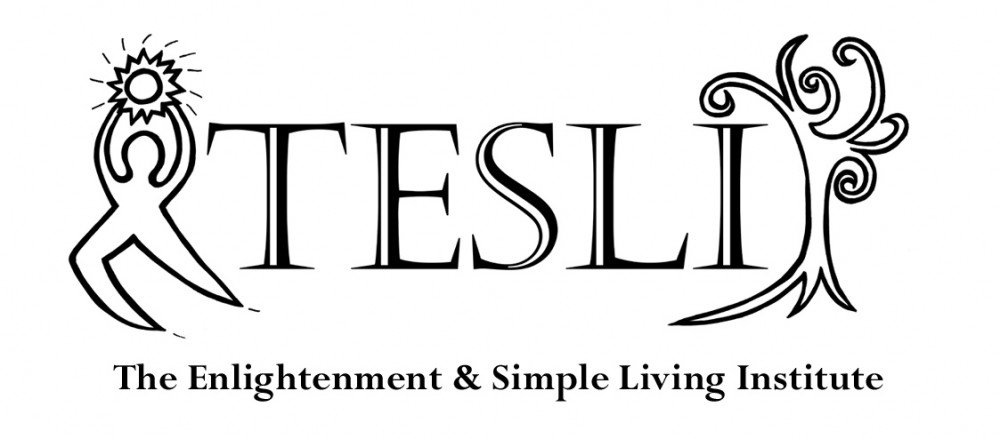Today I prepare for my preliminary dark retreat that begins this evening. As I did my morning practice I was reminded of a day back in 2012 when I decided to try to “do nothing”. While my intention with the dark retreat is to actually “do” my practice, I also am aware that even if I do 10 hours of practice each day, there will be quite a bit of time left where I could be “doing nothing”, since it will be pitch black. This realization is leading me to reflect on my “do nothing day” experience.
First, what comes to your mind when I suggest a day of doing nothing?
My mind initially thinks, “Oh I’ll not do any of my usual chores. How wonderful! – a day off” Then I naturally think of fun things to “do” like go for a walk. And if I’m going for a walk, I might want to drive to that nice trailhead. Well, if I’m going there, I’ll need to bring food, water, etc. What I notice is that I’m suddenly planning a full day of “doing”.
When I planned my day of “doing nothing” I actually had to define “nothing”, keeping in mind it really is impossible to do nothing. My list of okay things looked like:
- Take care of dog and myself with food (but no cooking)
- Sleep
- Be aware
- If things I must do pop in my head, write them down
- Walk, sit and recline (no “going for a walk”)
- No practice, no computer, no reading.
What I found is that I slept a lot. Without a lot to “do” my mind became dull and sleep was the most attractive option. While I intellectually understand that there is a whole lot happening even within a single breath, I found my mind dulled out when I removed stimulus and I removed my options to create activity. This is a predictable result of removing stimulus.
Indeed, dullness (drowsiness) characterizes the fourth level of meditative progress. Once the mind is finally able to maintain continuous placement on its object it tends to “get bored” and zone out. This is the greatest obstacle to meditative progress. Many people mistake this ability to “trance out” on their meditation object a good thing. Yet it is a dead end. True mastery is to be able to hold the object with fresh vibrancy despite the fact it initially seems boring.
I think this is, in part, the objective of a dark retreat. With all stimulus removed all you have is the essence of life and being itself. I realize that taking away all stimulus could lead to depression and even psychosis, but it also could lead to a realization of the dissatisfactory nature of all stimulus and a true connection with ultimate reality. The result of such a retreat depends on the capacity of the individual. I am curious to see what occurs. My target is to deepen my ability to simply be.

